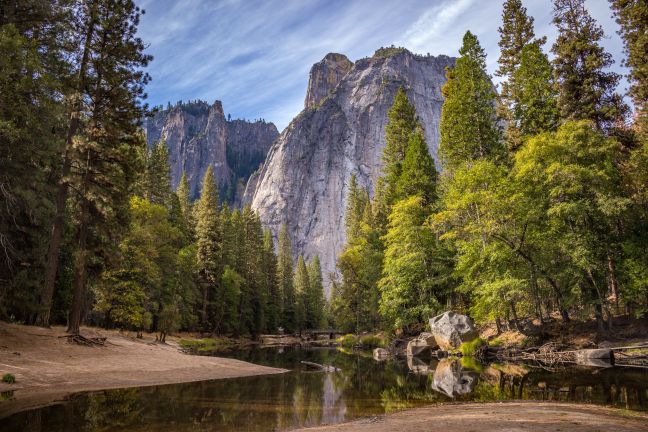Almost a quarter of Britain’s native mammals are now at “imminent risk” of extinction, according to the Mammal Society’s first official endangered list.
The water vole, hedgehog, hazel dormouse, wildcat and grey long-eared bat are all listed among the species at risk of extinction on the Red List for Britain’s Mammals.
Of the 47 mammals native to Britain, 11 are classified as being at imminent risk of extinction, with a further five described as “near threatened”, while four are categorised as “data deficient”.
The list has received authorisation from the International Union for the Conservation of Nature (IUCN) at a regional level, which uses the same robust, internationally-agreed, system that is applied to classify threats to species such as elephants and tigers.
“While we bemoan the demise of wildlife in other parts of the world, here in Britain we are managing to send even rodents towards extinction,” said Fiona Mathews, chair of the Mammal Society.
“Twenty species – those classed as threatened, near threatened, and data deficient – all need urgent attention. Things have to change rapidly if we want our children and grandchildren to enjoy the wildlife we take for granted.”
The reasons for the declines vary between species. For bats and the hazel dormouse, habitat loss is the main threat, while the water vole and red squirrel suffer from the combined effects of habitat degradation and the introduction of non-native species. Reintroductions can help reverse the dwindling numbers, according to the Mammal Society, with local reintroductions of beavers having proved successful. However, this is not a solution for most other species as the causes of their declines have not been rectified.
Natural England chair Tony Juniper said that the Red list, which was co-produced by Natural Resources Wales, Scottish Natural Heritage and the Joint Nature Conservation Committee, should act as a “wake-up call”. “We are working with our partners to recover our threatened and widely loved mammals, including licensing the reintroduction of beavers into England, and supporting the recovery of dormice and the grey long-eared bat, but there is so much more to do,” he continued. Central to the recovery of these and other creatures will be the protection and restoration of large areas of suitable habitat, including through the creation of a vibrant and wildlife-rich Nature Recovery Network, enabling populations of rare animals to increase and be reconnected with one another.”
Source – IEMA

